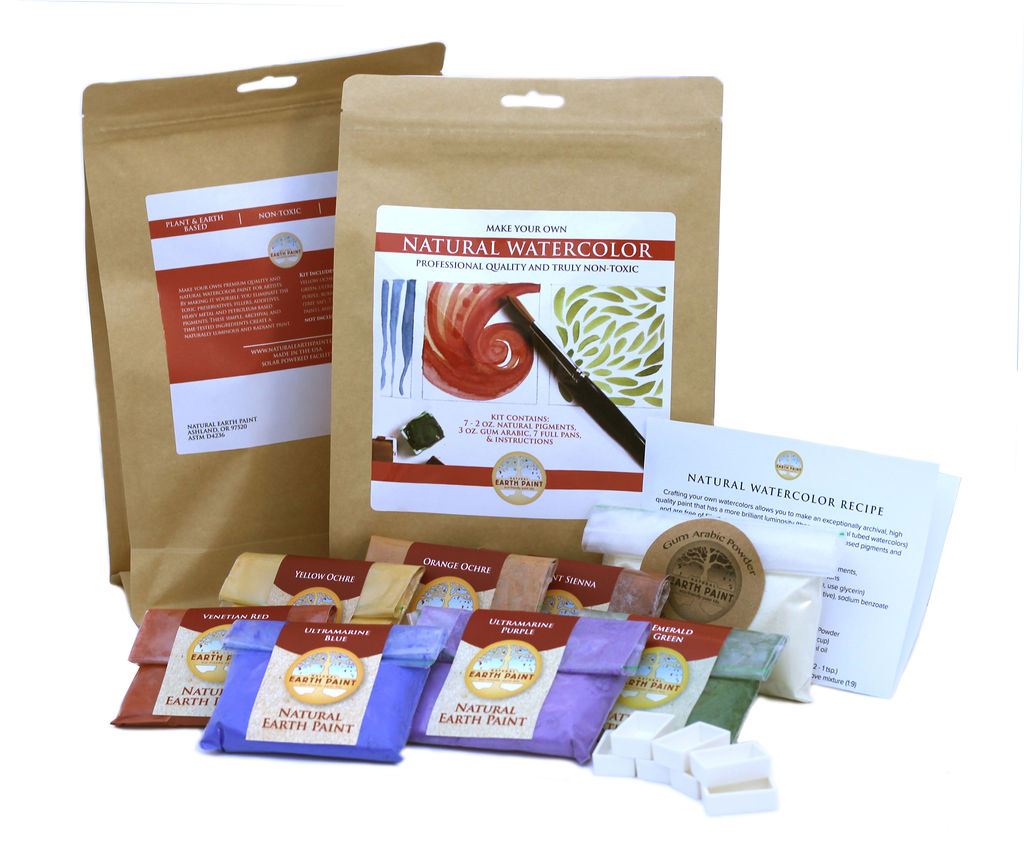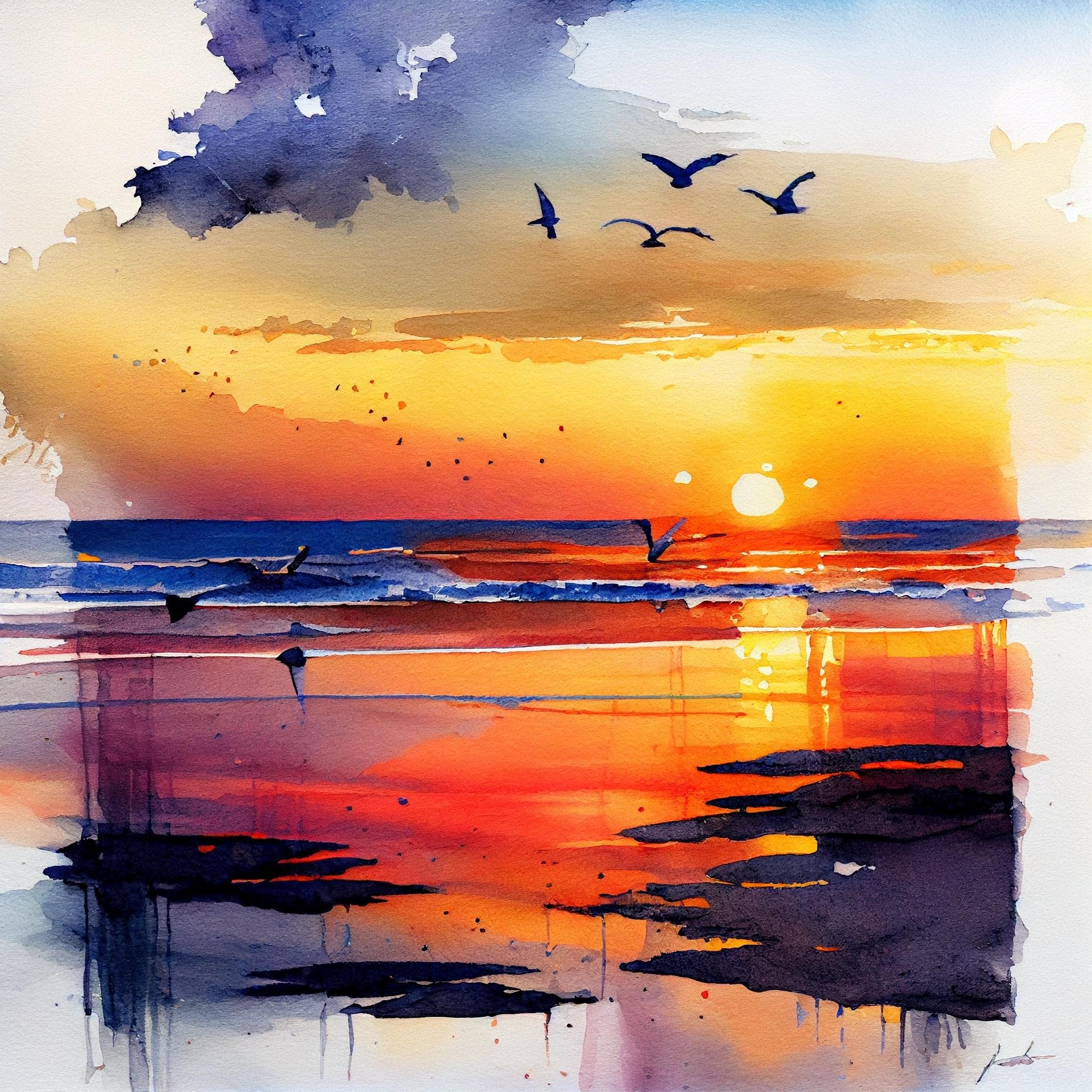Watercolor painting is a captivating medium that allows artists to create stunning landscapes filled with beauty and depth. In this article, we will explore the world of watercolor landscape paintings and delve into the techniques and tips that can help you bring your own scenic visions to life on paper.
Whether you are a beginner or an experienced artist, these insights will enhance your understanding of watercolor landscapes and inspire you to create breathtaking works of art.

Understanding Watercolor Landscapes
Watercolor landscapes are paintings that depict outdoor scenes, ranging from serene countryside settings to majestic mountainscapes and coastal views. These artworks capture the essence of nature, utilizing the fluidity and transparency of watercolors to create a sense of light, atmosphere, and texture.
Choosing the Right Materials

To embark on your watercolor landscape journey, you will need a few essential materials. Start with high-quality watercolor paints, such as ultramarine blue, which is a versatile and commonly used pigment in landscapes. You can purchase a watercolor kit with high quality, non-toxic, all natural watercolor paints from Natural Earth Paint Canada. Invest in a range of brushes, including a large wash brush for covering large areas and smaller brushes for adding details. Cold press watercolor paper is recommended for its texture and ability to handle wet washes.
Planning Your Composition

Before diving into the painting process, spend some time planning your composition. Consider the focal point of your landscape and how you want to guide the viewer's eye through the painting. Sketch out a rough outline in your sketchbook and experiment with different arrangements of elements to find the most visually appealing composition.
Creating Depth and Perspective

One of the key aspects of landscape painting is creating a sense of depth and perspective. Use techniques such as atmospheric perspective, where objects in the distance appear lighter and less detailed, and linear perspective, which involves converging lines to create the illusion of depth. These techniques will add realism and dimension to your watercolor landscapes.
Starting with the Background

Begin your watercolor landscape by applying a light wash of color to the background. Use a wet-on-wet technique by wetting the paper first and then applying diluted paint. This technique creates soft and blended backgrounds that provide a beautiful backdrop for the rest of the painting.
Building Up the Midground

Once the background is dry, move on to the midground of your landscape. This is where you can start adding more paint and detail to create depth and interest. Use a combination of wet-on-wet and wet-on-dry techniques to vary the textures and capture the different elements of nature, such as trees, foliage, and rocks.
Focusing on the Foreground

The foreground of your watercolor landscape is where you can add the most detail and create a sense of intimacy. Pay attention to the textures and colors of objects in the foreground, such as grass, flowers, or stones. Use bolder brushstrokes and stronger colors to make them stand out and bring them to life.
Playing with Light and Shadows
Light and shadows are essential elements in any landscape painting. Observe how the light falls on your scene and create areas of highlights and shadows accordingly. This will add dimension and realism to your artwork, enhancing the sense of depth and atmosphere.
Adding Final Details

As you near the completion of your watercolor landscape, focus on adding the final details that will bring the painting together. This includes refining the shapes and edges of objects, adding smaller elements like branches or birds, and enhancing the highlights and shadows. These final touches will give your artwork a polished and professional look.
Embracing the Magic of Watercolors
Watercolor landscapes offer a unique opportunity to embrace the fluid and unpredictable nature of the medium. Allow the paint to flow and spread on the paper, creating beautiful washes and blending effects. Embrace the happy accidents and let them guide your creative process, adding an element of spontaneity and impressionism to your artwork.
Tips for Creating Stunning Watercolor Landscapes

-
Practice regularly to improve your skills and confidence in handling watercolors.
-
Experiment with different techniques, such as dry brush strokes or wet-on-wet washes, to achieve various effects.
-
Save the whites of your paper to create highlights and add a sense of luminosity to your artwork.
-
Mix your colors on the palette rather than directly on the paper to have better control over the tones.
-
Use a limited color palette to create harmony in your watercolor landscapes.
-
Study the works of other artists for inspiration and guidance.
-
Observe nature closely and spend time outdoors, immersing yourself in the landscapes you wish to paint.
-
Don't be afraid to take risks and try new approaches in your watercolor landscapes.
-
Keep a sketchbook handy to capture scenes and ideas for future paintings.
-
Take breaks and step back from your artwork to gain a fresh perspective and make adjustments if needed.
Watercolor Landscape Artists to Inspire You

If you're looking for inspiration, explore the works of renowned watercolor landscape artists. Some notable names include J.M.W. Turner, Winslow Homer, John Singer Sargent, and Claude Monet. Study their techniques, color choices, and brushwork to gain insights into their mastery of the medium.
Exploring Different Types of Landscapes
Watercolor landscapes offer endless possibilities for exploration. Experiment with various types of landscapes, from serene countryside scenes to dramatic seascapes or misty woodland views. Each landscape presents unique challenges and opportunities to showcase your skills and creativity.
Sharing Your Watercolor Landscapes
Once you have created a collection of watercolor landscape paintings, consider sharing them with others. Display your artwork in galleries, participate in art exhibitions, or create an online portfolio or social media presence. Sharing your creations allows you to connect with fellow artists, gain valuable feedback, and potentially sell your artwork to collectors and art enthusiasts.
Conclusion
Watercolor landscape painting is a captivating and rewarding artistic endeavor. By understanding the techniques, embracing the nature of watercolors, and practicing regularly, you can create breathtaking landscapes that capture the beauty and essence of the natural world.
Let the fluidity of watercolors guide you as you explore the depths of light, color, and texture, and bring your artistic visions to life on paper. So pick up your brushes, set up your palette, and embark on a journey of creativity and expression through watercolor landscapes.


 naturalearthpaint.ca
naturalearthpaint.ca